Santa Maria di Leuca, what to see: 5 places not to miss
Santa Maria di Leuca is one of the most resplendent pearls of a land as rich and full of charm as Salento. Santa Maria di Leuca is located on the southernmost tip of the heel of the boot and is certainly one of the most well-known tourist destinations in Puglia. There are many and able to satisfy all tastes, after all, the wonders offered by this corner of the region. Lying between Punta Meliso and Punta Ristola, Santa Maria di Leuca can count on so many beaches with white sand that they can be compared for their beauty to those of the Caribbean, but not only. Santa Maria di Leuca has a splendid seafront promenade from which one can admire different views and many places in which to relax and have fun with friends. However, Santa Maria di Leuca is also a place rich in ancient history that is still witnessed by the timeless beauty of its palaces, churches and monuments. Here are 5 must-see places for your vacation in Santa Maria di Leuca.
1. The basilica of Santa Maria de Finibus terrae
This imposing building is much more than the symbol of these places, it is the center of its millennial history of which it preserves many traces within its austere walls. As its very name implies, the basilica of Santa Maria de Finibus terrae is located where in ancient times the land was thought to end, on the promontory of the same name that marks the end of the Italian peninsula and acts as a watershed between the Ionian and Adriatic seas. It is precisely this unique location that has made this enchanted place mirrored in crystal-clear waters an important junction for the entire territory since time immemorial. Here the first church was built at the dawn of Christianity, on the ruins of a pagan temple dedicated to the Goddess Minerva. Over the centuries then the shrine was subjected to continuous destruction and looting by the Turks and Saracens until the present basilica was built in the 18th century.
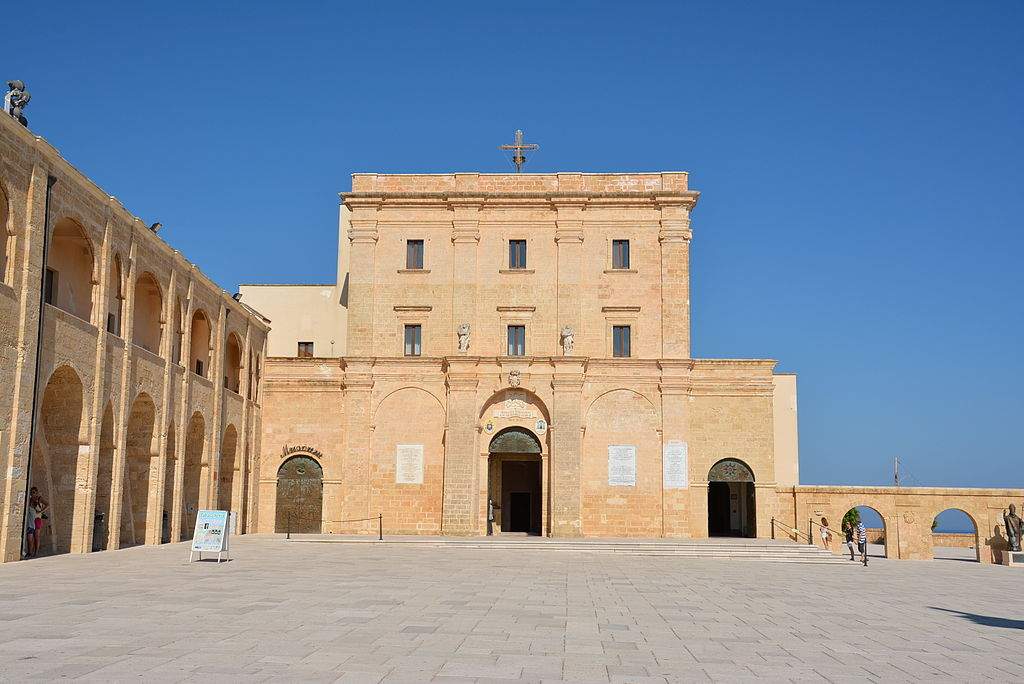
2. The Vito Mele Museum.
On the premises adjoining the basilica of Santa Maria de Finibus terrae is the Vito Mele Museum, which preserves within the completely restored ancient rooms an important collection of sculptures by national and international artists. The collection is divided into historical masters and contemporary artists, and among them stand out the names of Medardo Rosso, Eros Pellini, Giovanni Conservo, Gaetano Martinez, Floriano Bodini, Armando Marrocco, Oreste Quattrini, Giò Pomodoro and many others. The museum, which is located in such an evocative setting, was created at the behest of Salento sculptor Vito Mele. The latter, after leaving his beloved Puglia while still a teenager to move with his family to Lombardy during his long career worked for large companies in the field of artistic metalworking, getting to know important protagonists of the international scene who then inspired his sculptural activity.
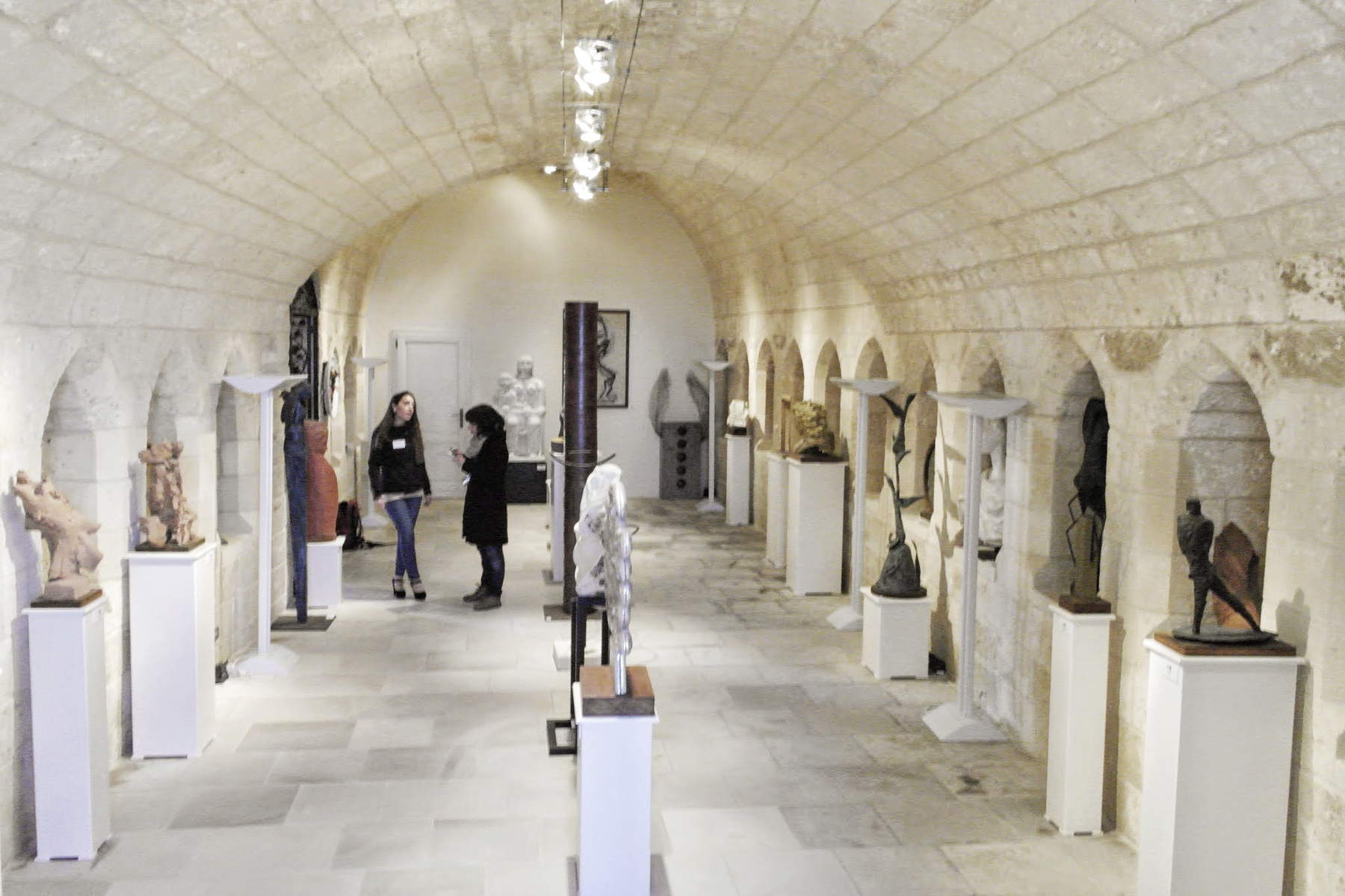
3. The Church of Christ the King
A stone’s throw from the seafront, in the heart of Marina di Leuca is the church of Cristo Re, a fine example of late 19th-century architecture. It was built in Lecce carparo on a design by Pasquale Ruggeri, the same engineer to whom we are also indebted for the designs of numerous aristocratic villas found throughout the area. The church of Christ the King follows the canons of Lecce Gothic and has a façade in which the pronaos with four columns with Corinthian capitals, a large rose window and a majestic cross above the front of the church stand out. Inside, on the other hand, it is distinguished by architecture that is at once simple, austere, but also striking. Very beautiful, in particular, are the large windows and circular stained glass windows, but also the mosaic floor with linear designs.
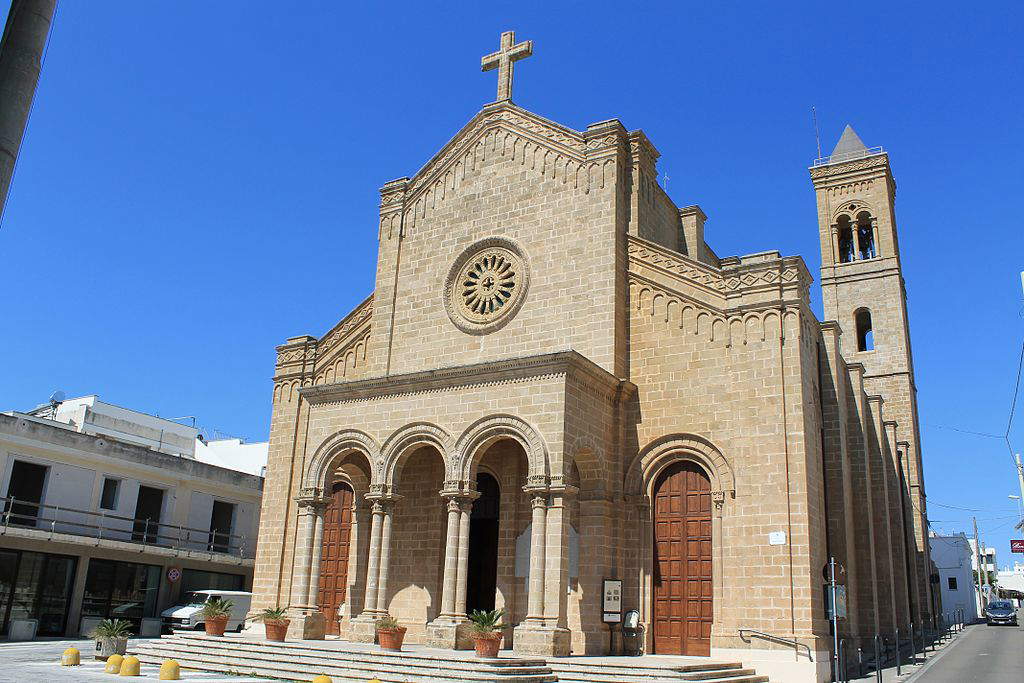
4. The Tower of the Homomorto
Also known as the Old Tower, the Omomorto Tower is located just 50 meters from the sea, on top of a promontory from which it is possible to dominate the entire coastline. Its origin dates back to the 16th century and in ancient times it communicated with the nearby Marchiello tower and tower of Santa Maria di Leuca. For centuries this bastion suspended over the sea was an important defensive bulwark and for this reason it was subject to several restorations and modernizations until about the mid-19th century when it was finally disarmed. Experts classify the Tower of the Homomorto as an atypical tower, but more importantly they point out that it is very unusual because of its considerable size. The basement has walls almost five meters thick and a diameter of 16. Today the tower is derelict and unsafe, but with its mighty profile it certainly represents one of the most well-known and immortalized places in this land.
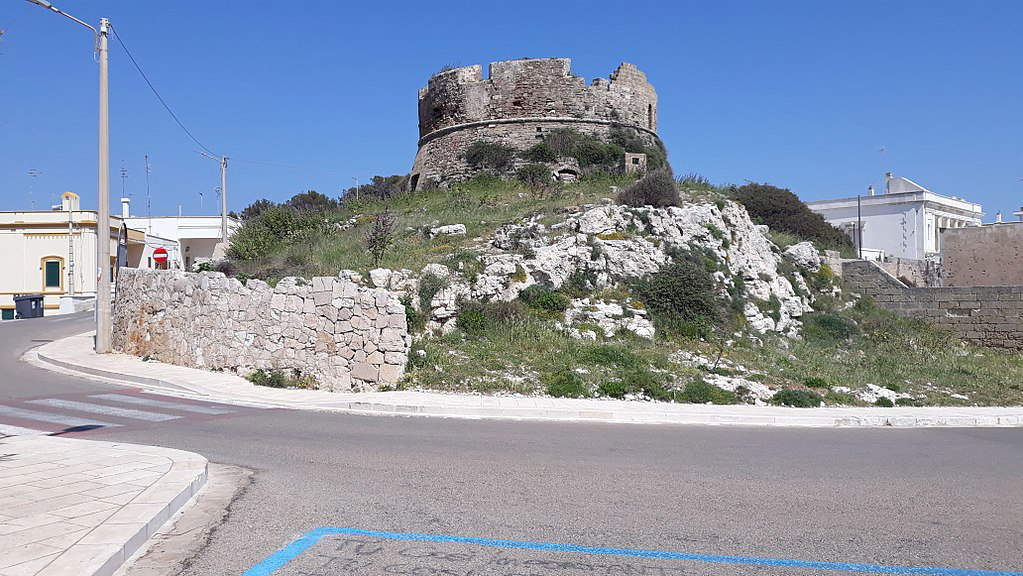
5. The Leuca Lighthouse
On the summit of Punta Meliso is what is now one of the tallest lighthouses in Europe and, certainly, one of the most beautiful and evocative in the entire Belpaese. Built where a watchtower once stood, it is located not far from the large square in front of the shrine dedicated to Santa Maria. The construction of the Leuca Lighthouse dates back to 1864 and was designed by engineer Achille Rossi, who gave life to an imposing structure, 47 meters high and standing more than a hundred meters above the waters of the sea. The Leuca Lighthouse today can be visited by reservation and offers a truly impressive experience. By climbing no less than 254 steps of a spiral staircase located inside the imposing tower, one reaches the top of the circular terrace. Here you can enjoy a 360-degree view that sweeps over water and land and, on particularly clear days, even allows you to catch a glimpse of the coast of Greece.
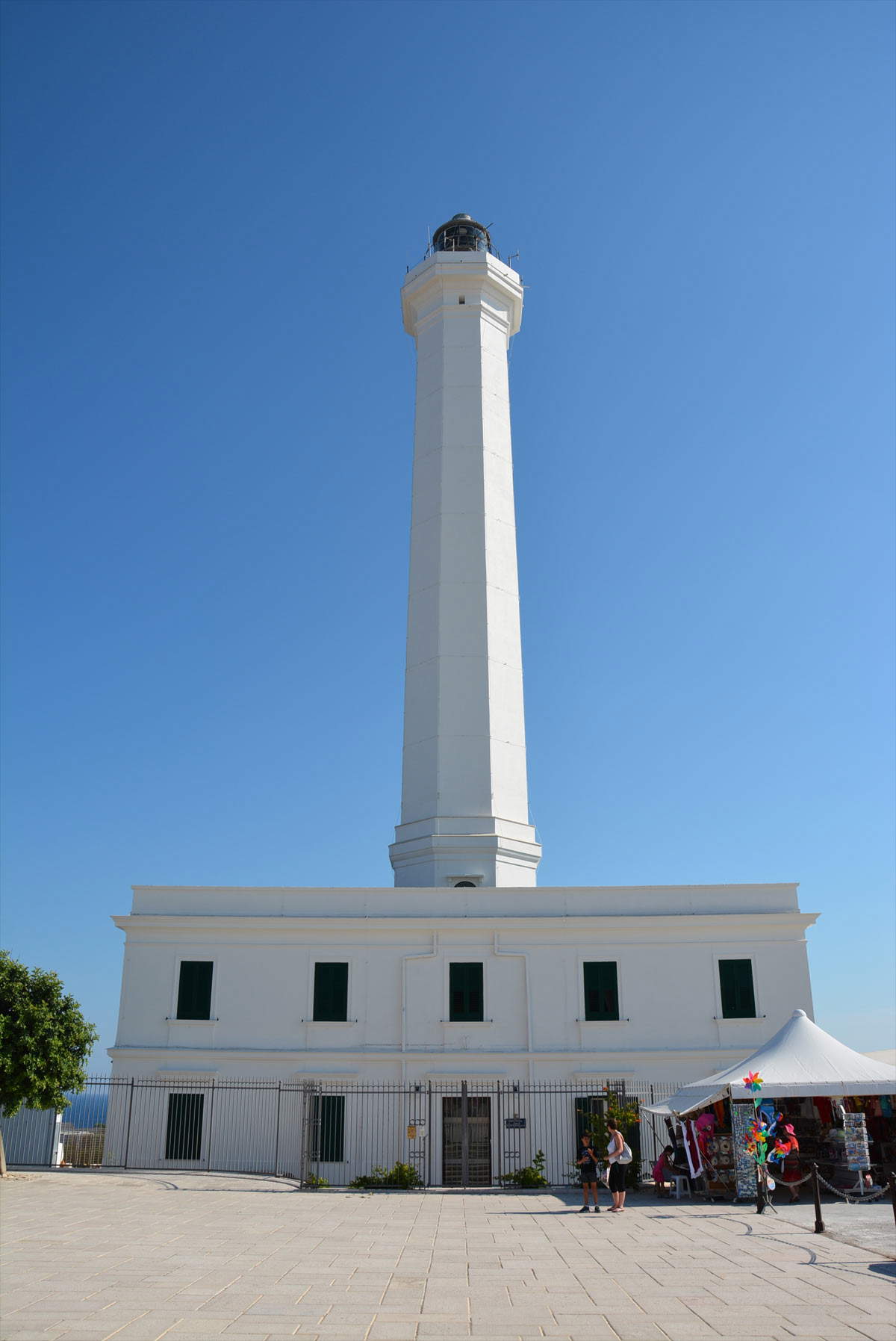
 |
| Santa Maria di Leuca, what to see: 5 places not to miss |
Warning: the translation into English of the original Italian article was created using automatic tools. We undertake to review all articles, but we do not guarantee the total absence of inaccuracies in the translation due to the program. You can find the original by clicking on the ITA button. If you find any mistake,please contact us.


























